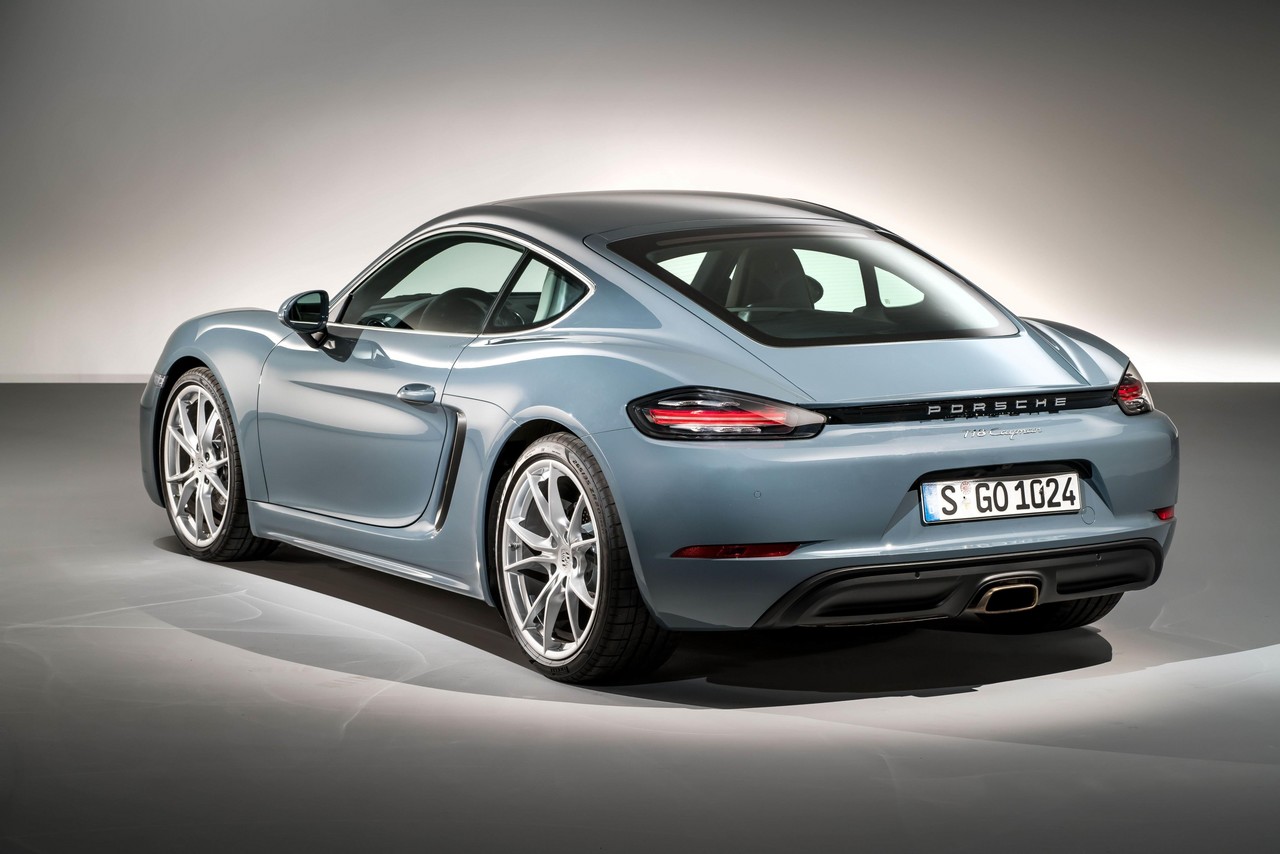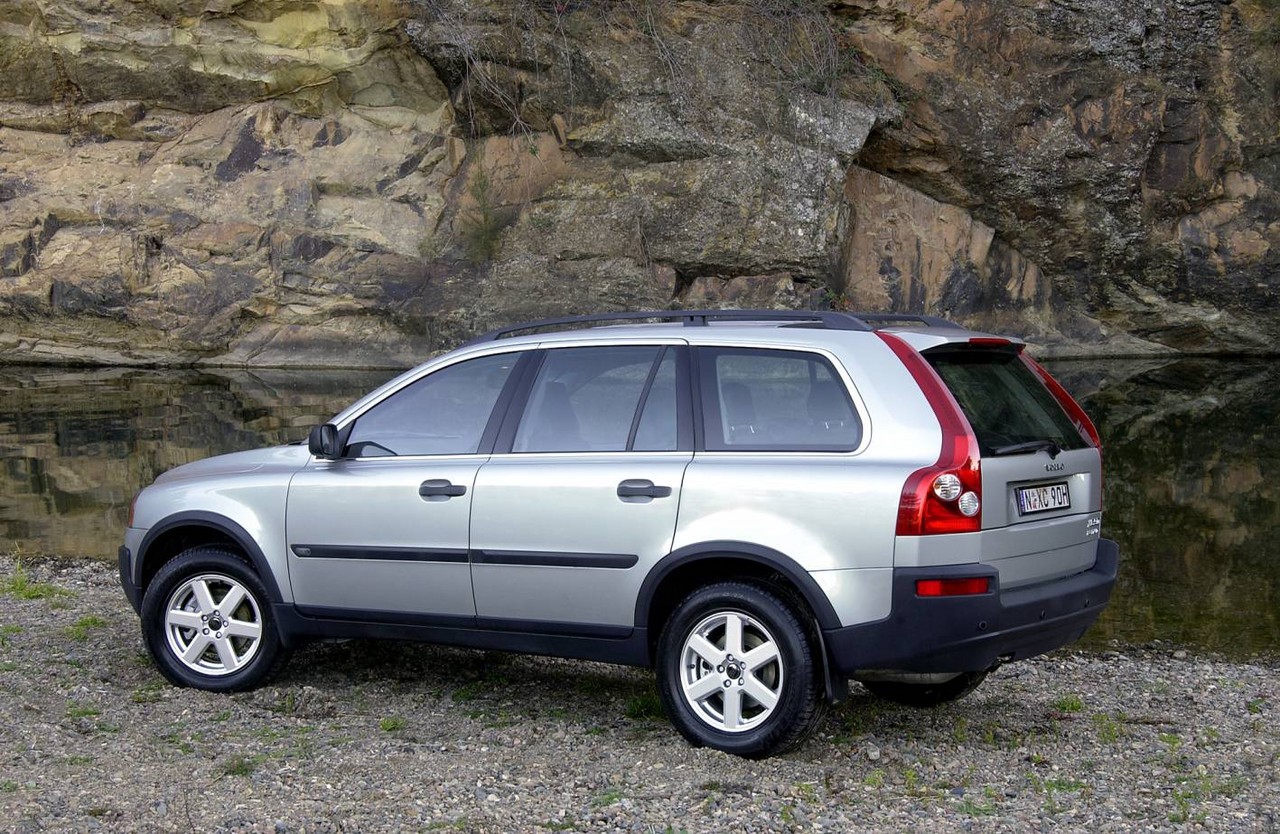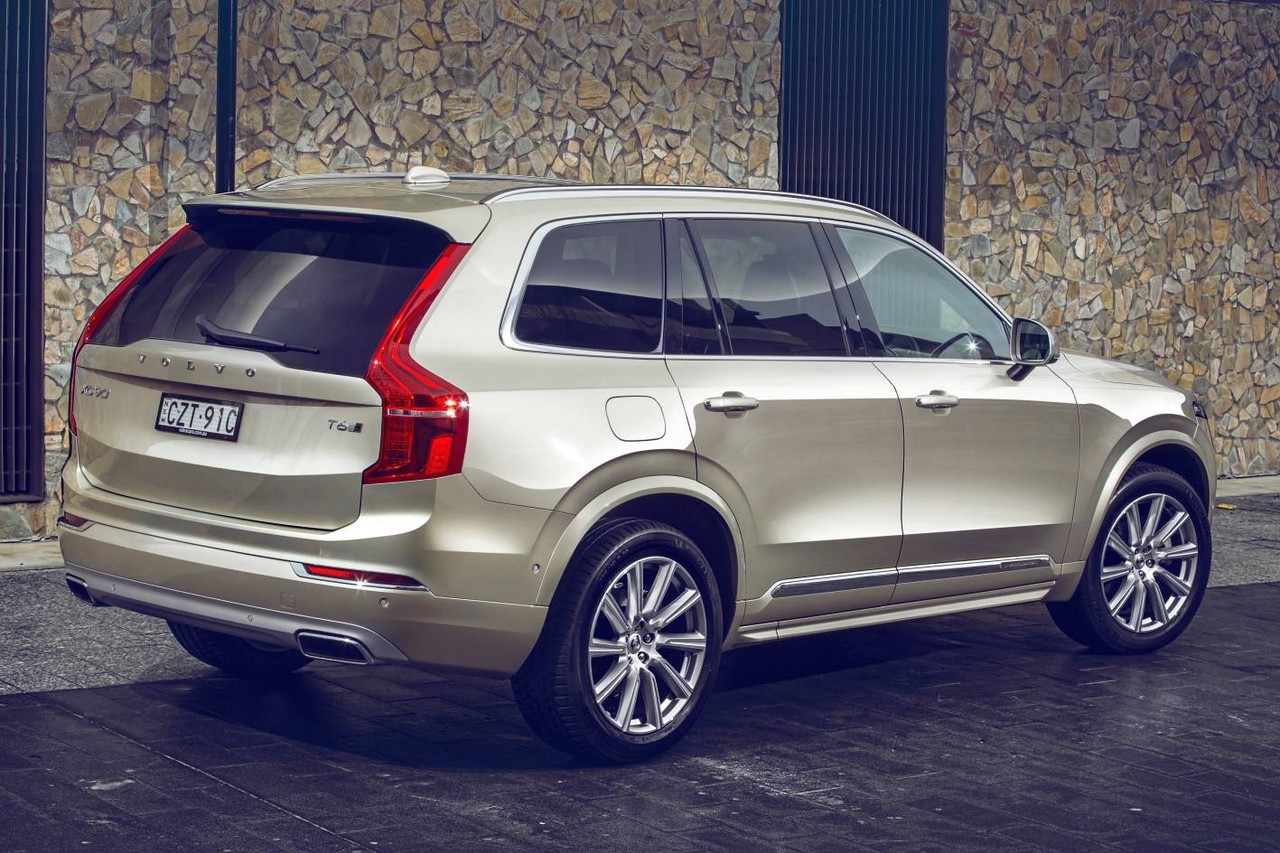Images: Renault X95 Megane RS (2010-12)
Released in November 2010, the Renault X95 Phase I (X95.I) Megane RS (short for ‘RenaultSport’) was a three-door, hot hatch. Manufactured in Palencia, Spain, the front-wheel drive Renault Megane RS 250 was powered by a 2.0-litre four-cylinder petrol engine (producing 250 brake horsepower) that was mated to a six-speed PK4 manual transmission. The Megane RS 250 was initially offered in Cup and Cup Trophee editions… Read full Renault X95 Megane RS review
Images: Renault X95.II Megane RS 265 (2012-14)
Released in August 2012, the Renault X95 Phase II (X95.II) Megane RS range consisted of the 265 variant and additional editions. Compared to its X95.I predecessor, peak power and torque increased by 11 kW and 20 Nm, respectively, due to an increase in peak turbo pressure from 2.3 bar to 2.5 bar (36.25 psi) and a revised air intake system. The Renault X95.II Megane RS 265 could be identified by its new headlights with black surrounds, two rows of daytime LED running lights and ‘RS’ badges for the alloy wheels. Inside, there was a new steering wheel, red stitching and ‘RS Monitor’ which provided access to performance data and enabled the driver to select from five throttle maps (‘snow’, ‘progressive’, ‘linear’, ‘sport’ and ‘extreme’).
Images: Renault X95.III Megane RS (2014-16)
Released in Australia in June 2014, the Renault X95 Phase III (X95.III) Megane RS introduced a revised range and a ‘Stop & Start’ function across the range which enabled the engine to shut down when the vehicle was stationary in traffic; for the combined EU test cycle, fuel consumption was 7.5 litres per 100 km. The Renault X95.III Megane RS could be identified by its front mask which featured elliptical headlights, an upper grille which spanned the distance between the headlights, a larger ‘Renault’ badge and a full-width lower grille with daytime running lights. Inside, the X95.III Megane RS introduced Renault’s ‘R-Link’ connected multimedia system which could be controlled via a multi-directional joystick on the central console.






































